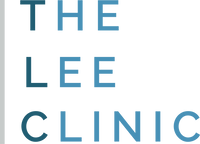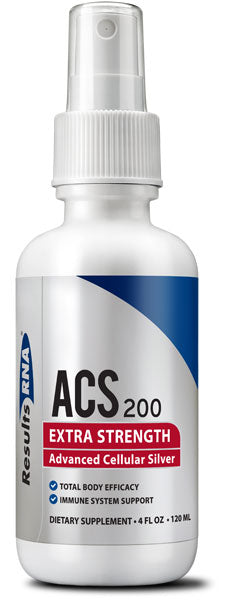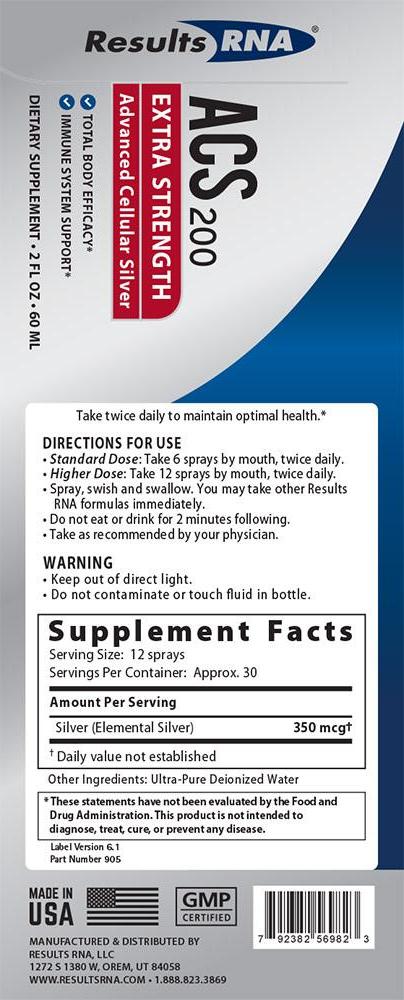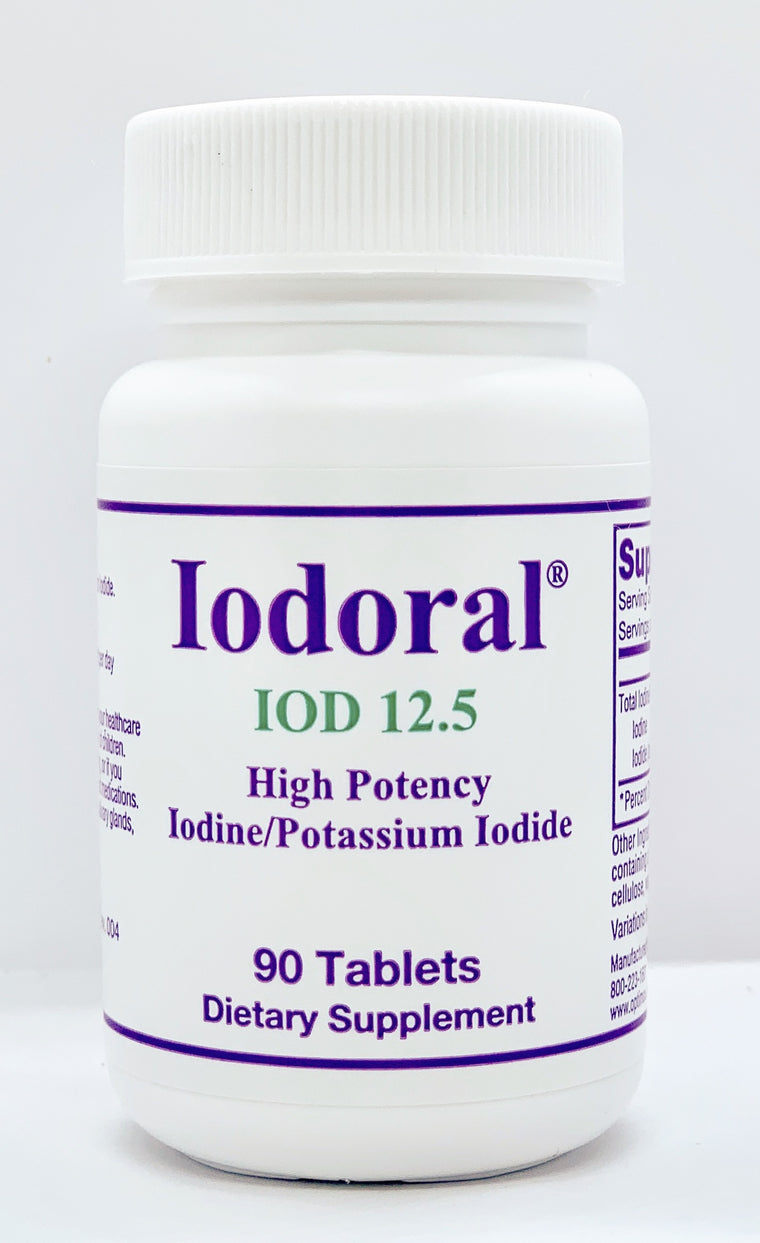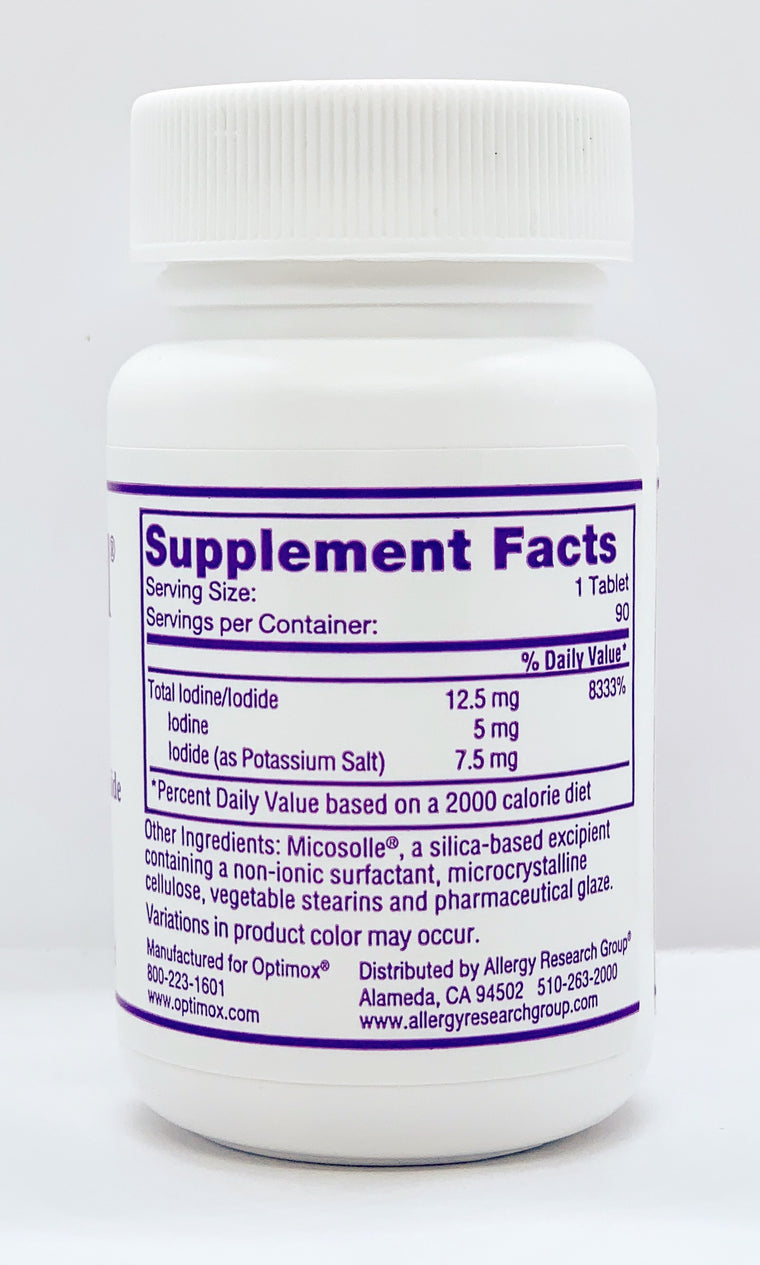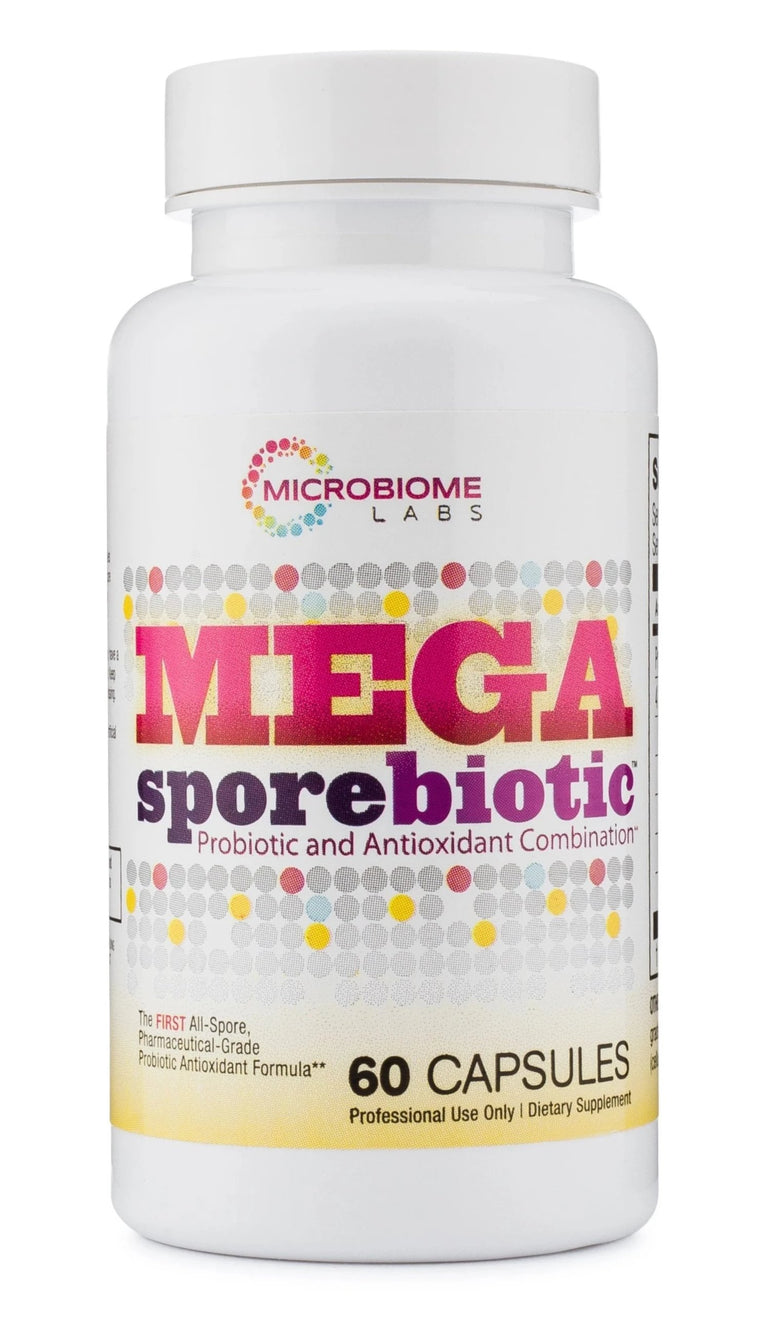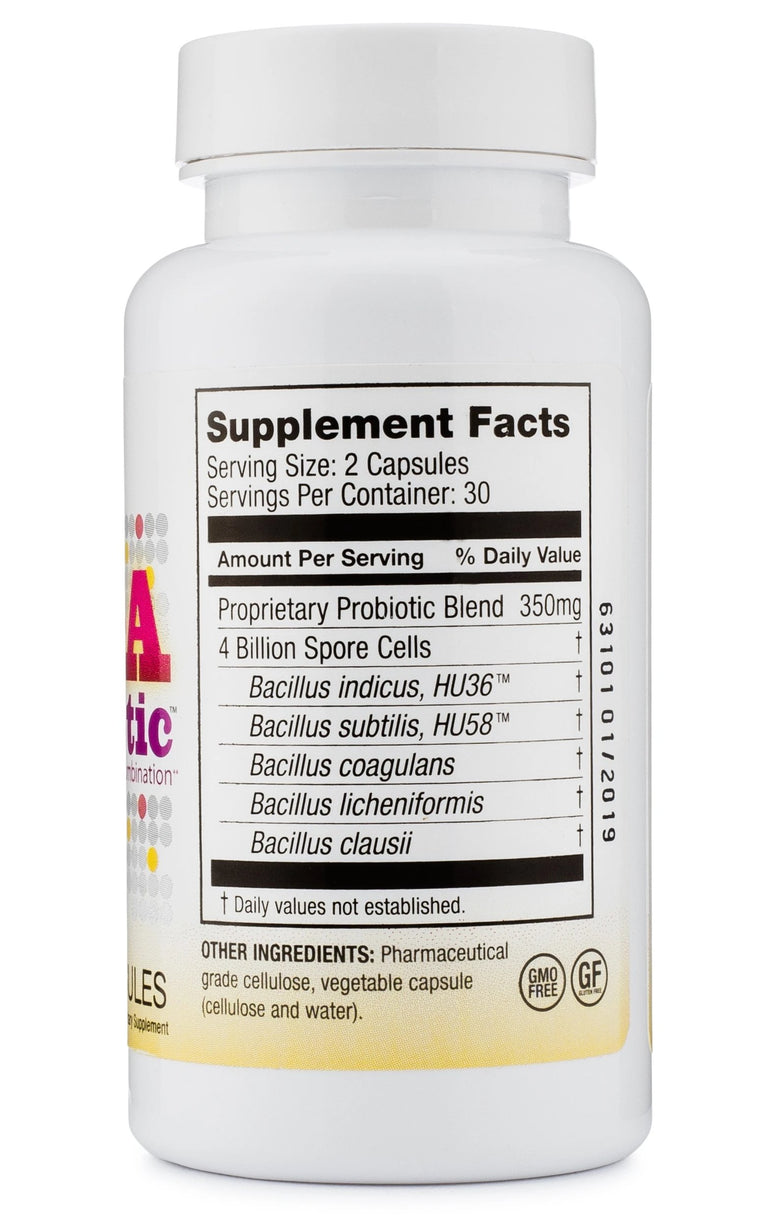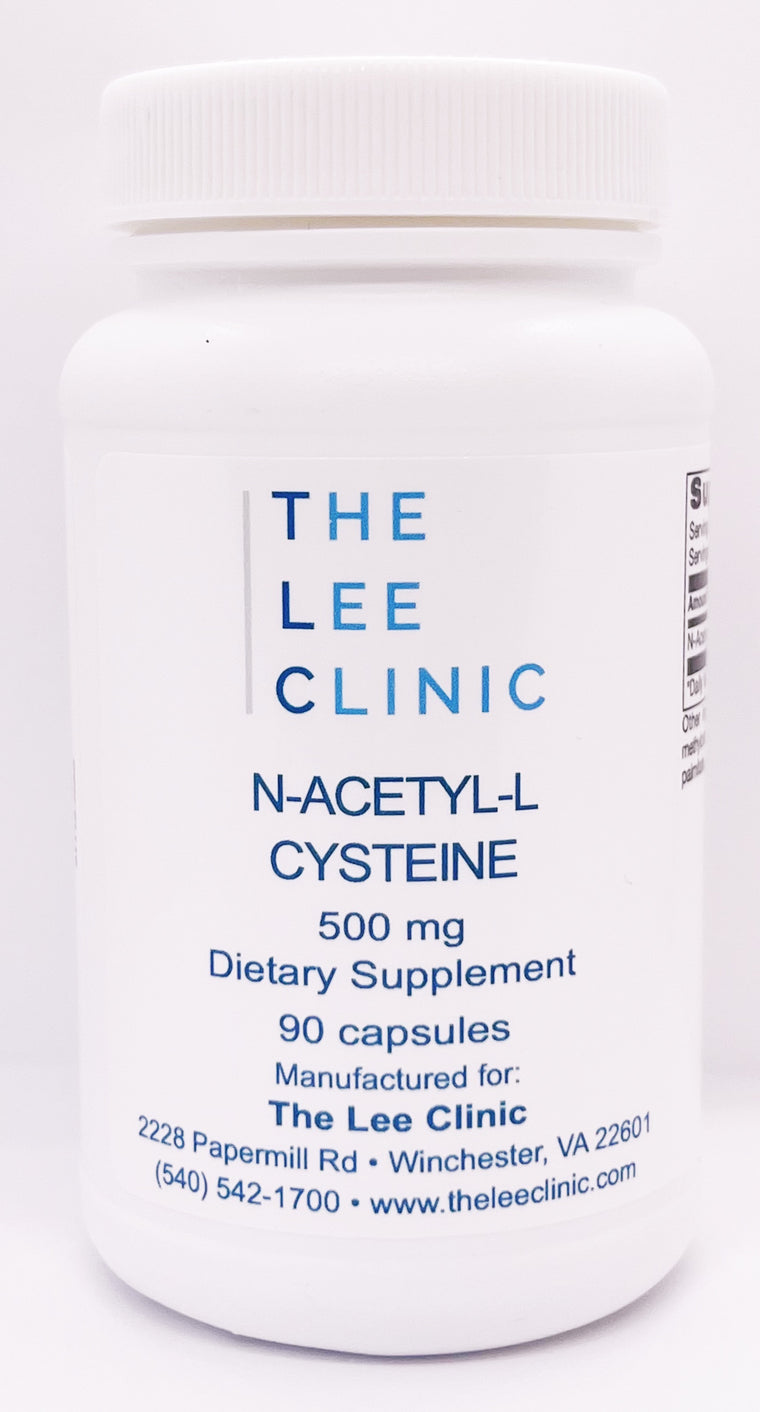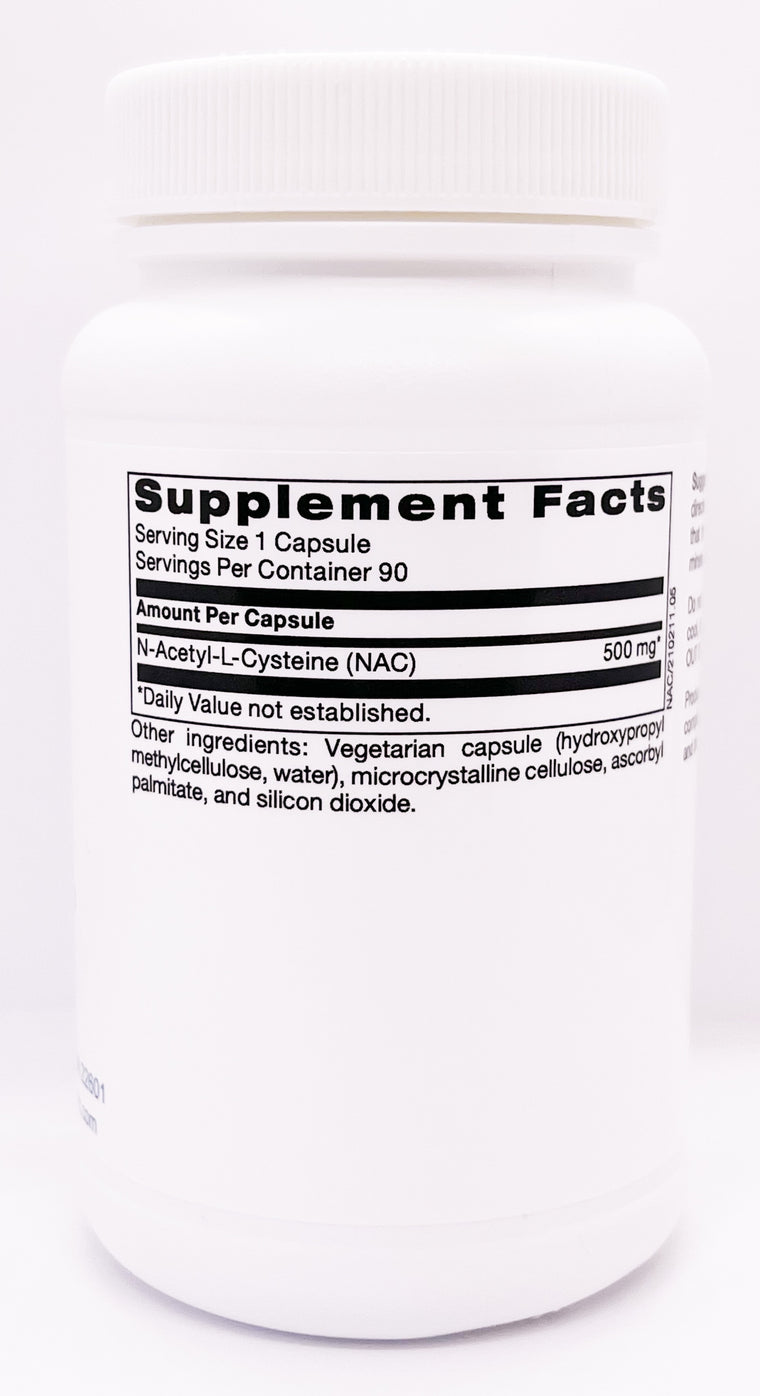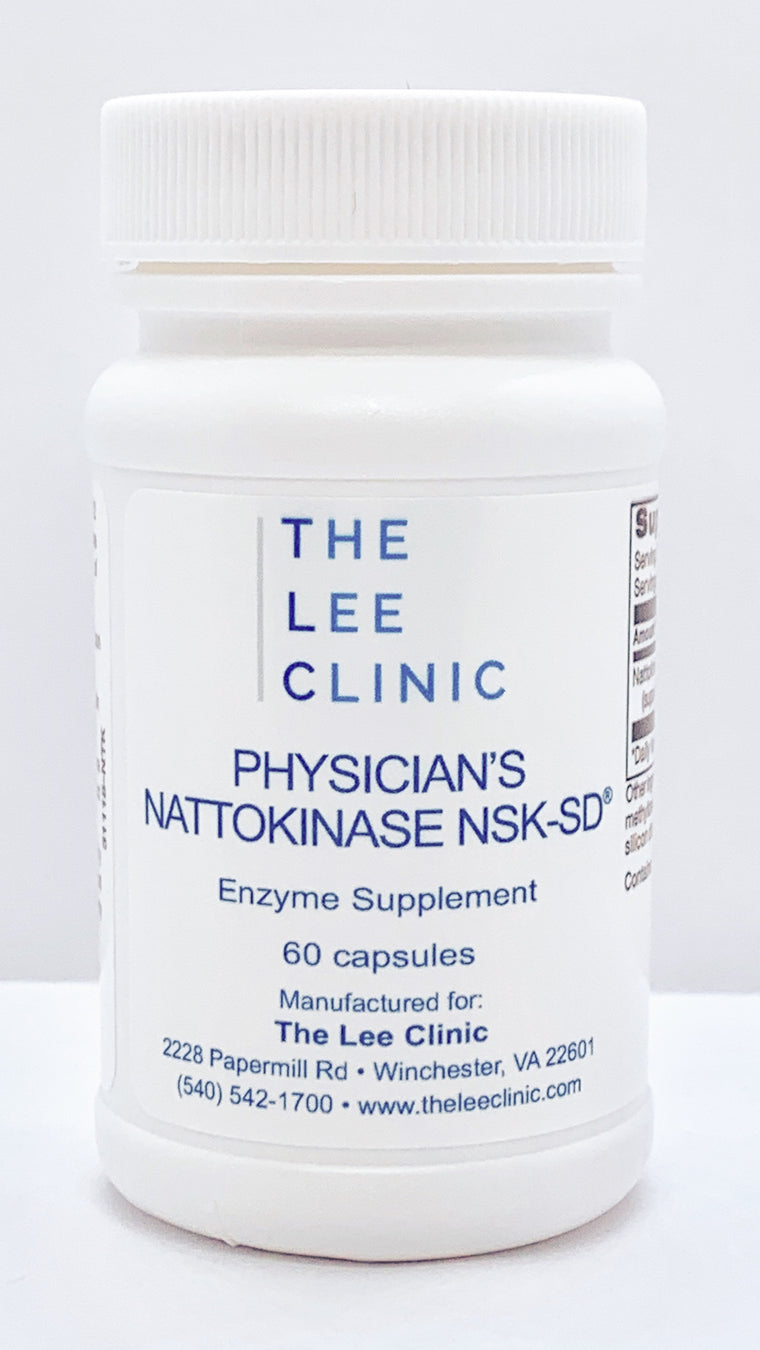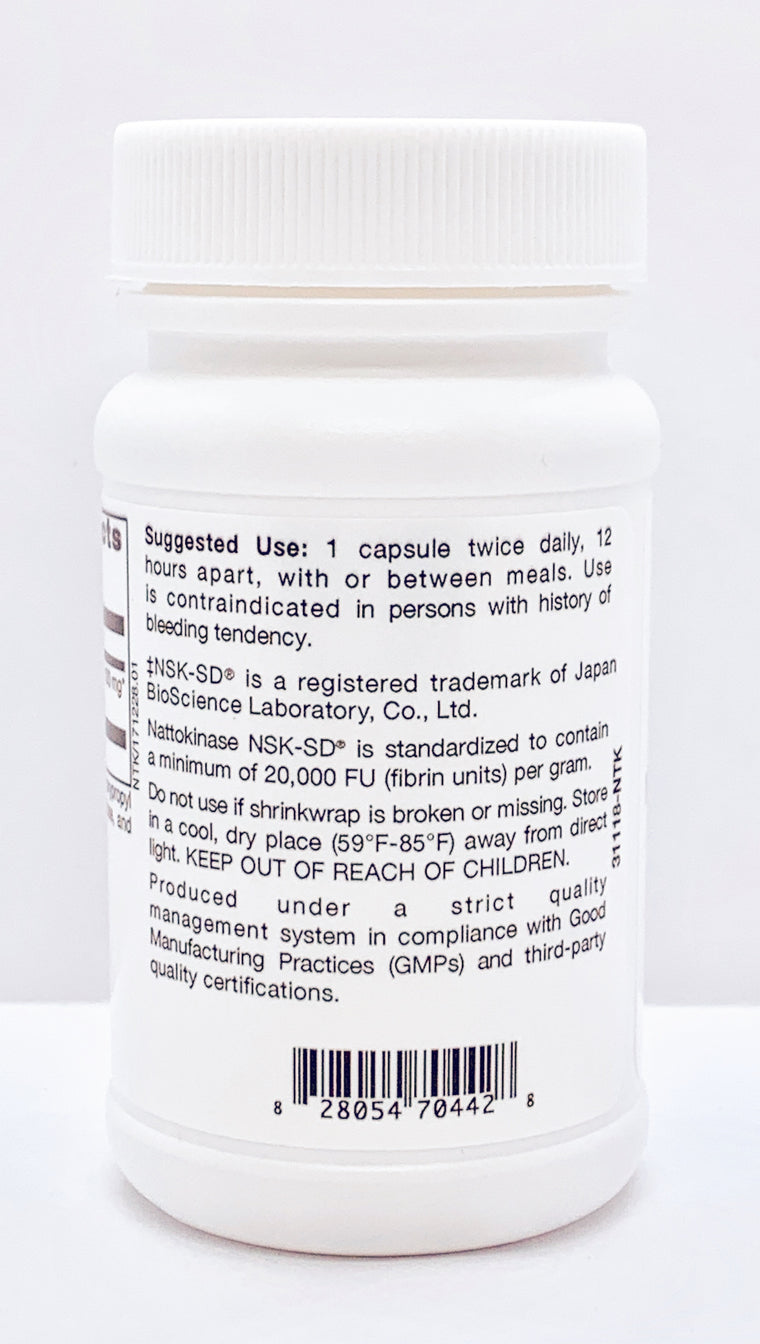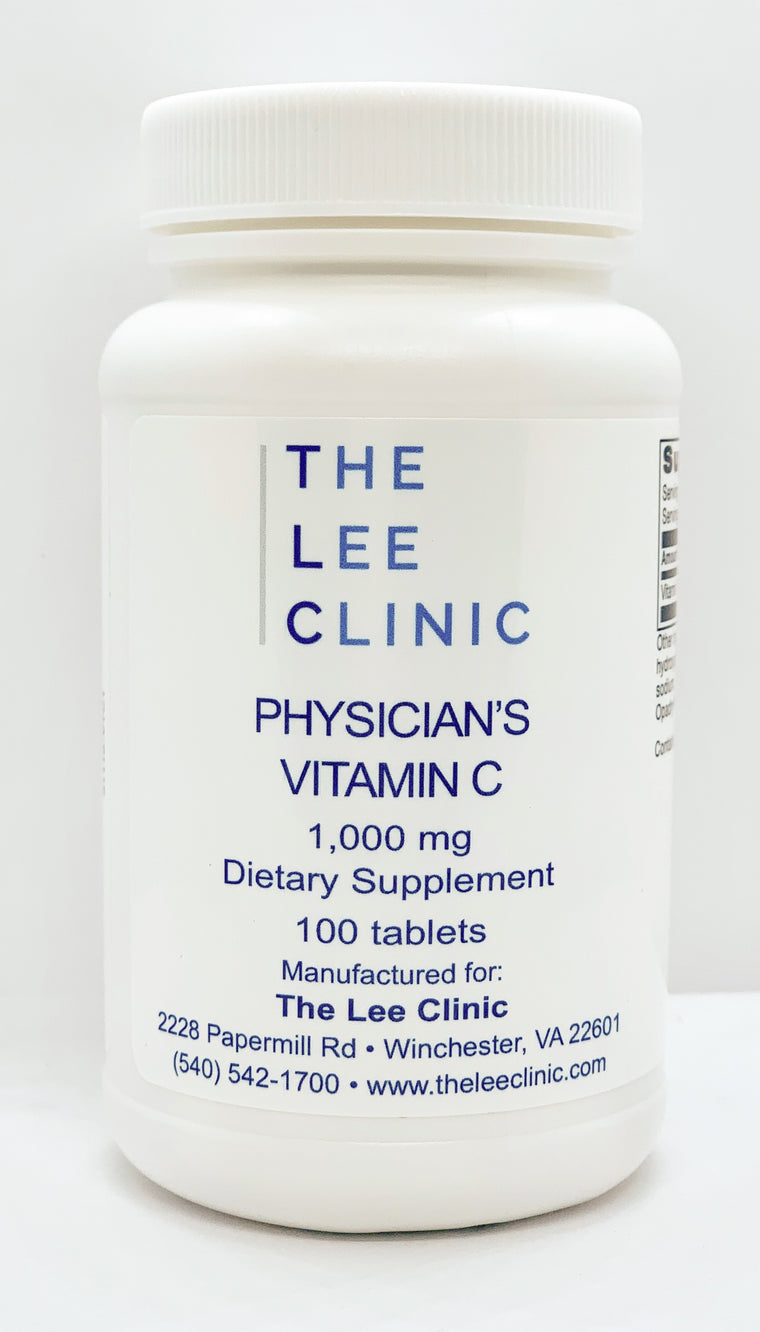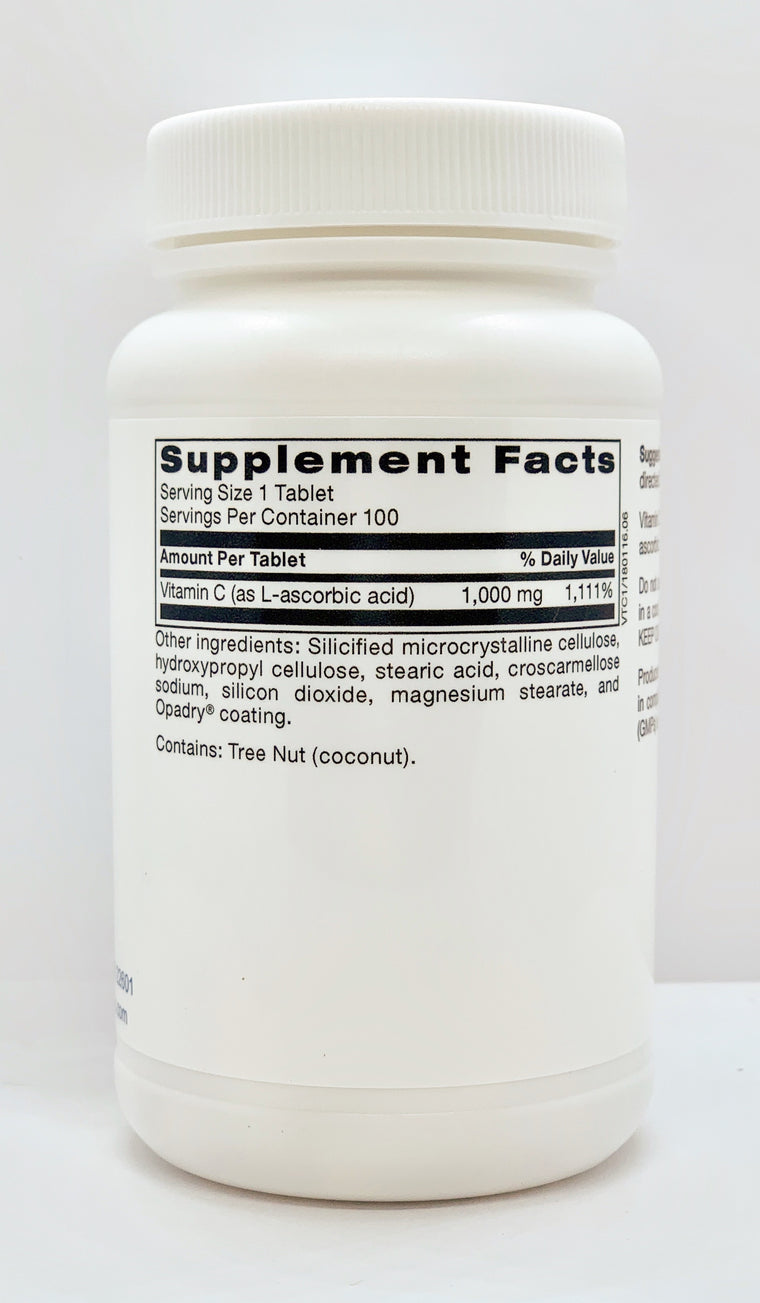The Lee Clinic Biofilm Protocol for hard to treat infections or disease such as, Lyme, yeast, mold, SIBO, chronic viral infections that thrive in their biofilm.
We are a history of infections, both acute and chronic. These infections are Lyme, viral (mononucleosis), yeast (candida), bacteria (strep and staph), parasites (tapeworms) and spirochetes (Lyme). We have 10 times more microbial cells than human cells. Some of us have more than others and they can take over depending on our immune system.
These microbes have adapted and been around since the beginning. They communicate and develop protective defenses. The most protective of them is Biofilm. The situation has been made worse by heavy metals, drug resistant microbes and environmental toxins that we acquire, even in the uterus, let alone as we are exposed to the current environment.
We are at the top of the food chain and are the most exposed and toxic. Biofilm makes it 100 to 1,000 times harder to treat an infection. The biofilm blocks the transfer of oxygen through the capillaries and thus these people feel fatigued. The biofilm delays the normal 2-second transfer of oxygen across a capillary for up to 5 minutes.
Researchers have found that antibiotics don’t work in the presence of biofilm.
The Biofilm protocol must be individually based. It is best to go slow so that you can expose the pathogen and not cause a severe Herx reaction. It is best to do the Biofilm protocol to make the current treatment (Antibiotics, etc.) more effective. The protocol should be done over a 3 to 4 month period. This is a breakthrough concept in treatment and will be an important tool in treating really hard to treat diseases.
Evaluations can be done with a combination of blood, heavy metal and environmental toxin urine tests and GI comprehensive stool tests, which are all available at The Lee Clinic.
The protocol includes:
ACS – Colloidal silver kills lyme, yeast and the viruses that live in the biofilm. Activated silver safely reduces the total body burden of all pathogens, bacterial, viral, spirochetes and fungal.